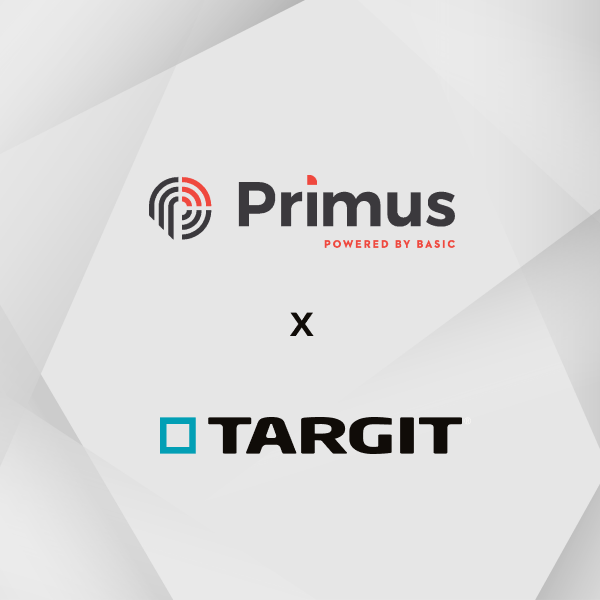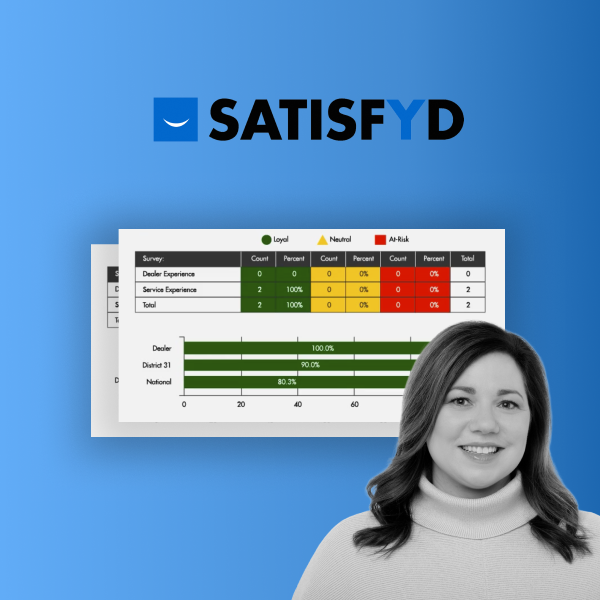Data is the lifeblood of your organization’s business intelligence (BI) operations. However, you can’t leverage its full value without a data reporting and visualization solution that makes insights accessible and digestible.
As you begin your search for a new BI solution or narrow down your top picks, here are a few steps you should take to ensure the right fit before you sign on the dotted line of your new software contract.
1. Assess Your Unique Data Reporting and Visualization Needs
Every team has unique data analytics and visualization needs based on their BI maturity, strategic goals, and key performance indicators (KPIs) or target metrics. Before you invest in a new tool, you need to be sure its features align with your organization’s needs and requirements. Meet with your data analysis teams, leadership, and business users to answer questions like:
- Which reports and dashboards are must-haves, and which are nice-to-haves?
- Do we need specific reports by department, location, or region?
- What KPIs are our stakeholders most interested in?
- Where and when do we need to use visualization tools? To present data in meetings, to simplify complex data, to highlight a particular type of information?
- What types of visualizations have worked well for us in the past?
Your answers to these questions will help you create a data reporting and visualization checklist, and find a new solution that will serve your organization now and in the future.
Use this opportunity to identify which types of visualizations or reports you want to create, like pie charts, bar graphs, and other assets that make up your data analytics dashboards. Data visualizations are one of the most effective ways to simplify a complex stream of information, but each chart has a unique function and best-fit application.
For example, it might not be effective to present a breakdown of 50 data points with a pie chart, or show customer segments by percentage with a line graph. Thinking proactively about these formats and functions will help you avoid buyer’s remorse or frustrating feature restrictions down the line.
2. Prioritize Multi-Source Integration Capabilities
Your data reporting and visualization tool should give you complete visibility into your organization’s data. But without the right integration features, your teams will spend hours manually compiling data and importing it into the tool themselves. Not only is this approach tedious, it can also delay reports and dashboards significantly, which means business leaders might not be able to act on data within the critical decision window.
Whether you use just a few systems or manage a complex network of sources, you need a solution that unifies all of your data without requiring manual imports or extensive development work.
Shop for a tool that seamlessly integrates with the rest of your business ecosystem, including cloud-based applications, data warehouses, and partner data sources, if applicable. Be sure it’s natively designed to integrate with and support multiple data sources. That way, you don’t have to configure custom integrations or develop complex workarounds to import your data once your new tools are in place.
3. Consider Your Non-Technical Users
The right data reporting and visualization tool can help you dissolve the silos between your data analysts and the rest of your organization. In fact, widespread user adoption is critical for developing a data-driven company culture and maximizing your BI and analytics investments.
Unfortunately, data analysis tools have a longstanding reputation for complexity and confusion. They require technical experts to build reports for your entire organization and make data intimidating for your business users and leadership teams.
Rather than shopping for the most technically robust tool on the market, you should balance backend capabilities with user-friendly interfaces and features that benefit everyone on your team. Think drag-and-drop dashboards, pre-built report templates, and a set of ready-to-use visualization charts that can be customized and shared in hours instead of weeks.
Along with offering user-friendly toolsets, your new tool should empower your employees to access and use data how and when they need it. Reports and visualization tools should be accessible and easy to use, even for the least technical members of your team. Bonus points if your new solution includes self-service tools like guided analytics or dashboards that embed into the operating systems your employees already use on a daily basis.
4. Pave the Way for Business Growth
Each time you add a new tool to your tech stack, you’re making a strategic investment in the future of your organization. Developing your BI and analytics practice is a marathon, not a sprint; this means each new tool you implement should support your business and its employees in the long term.
Your new solution should add value to your operations without requiring extensive development work to stay relevant as your business scales or operations evolve. As you evaluate potential solutions, consider how well they align with your business roadmap and planned expansions or updates.
Think about how each new tool will integrate with your existing systems, processes, and employee training programs. Ultimately, your data reporting and visualization tool should complement your existing data strategy rather than forcing you to invest in additional tools or rebuild your BI infrastructure.
5. Power Data Reporting and Visualization With TARGIT
Your BI and analytics solutions are only as powerful as the partner behind them. At TARGIT, we believe in being your strategic BI partner, not a one-off software vendor.
Our proprietary BI and analytics platform, TARGIT Decision Suite, is designed to simplify the complexity of BI, with easy-to-use reporting and visualization tools that promote solution adoption and help you turn in-depth data into clear, actionable insights.
Ready to see how TARGIT can help you unlock the full value of your organization’s data?
Request a personalized demo today.
.png)



